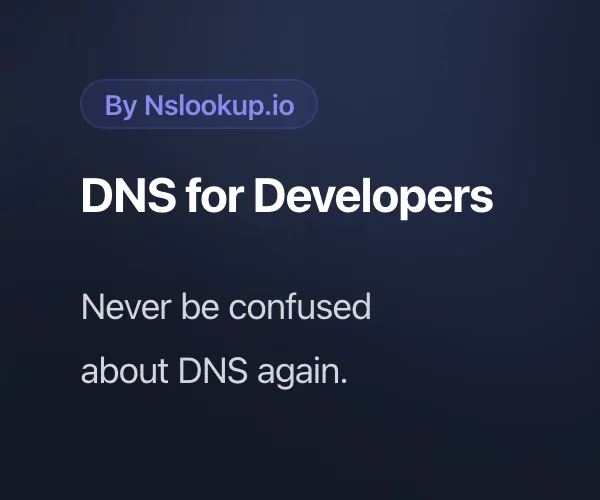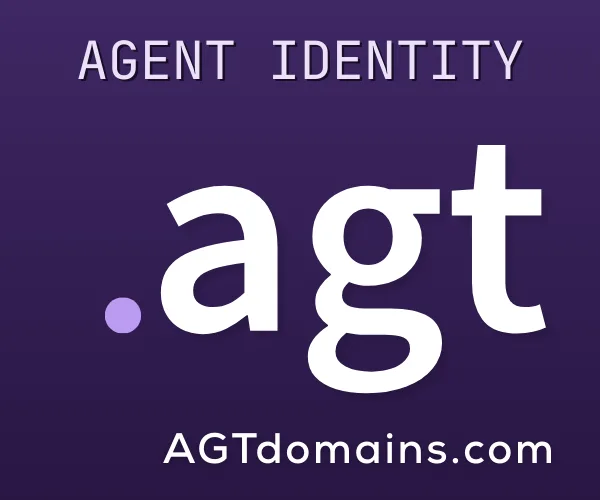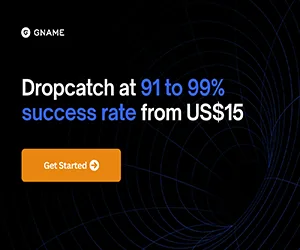James Stevens was born in Singapore, the son of a military chaplain. Educated at boarding school in England, James (who had always excelled in Mathematics & Physics) fell in love with technology when, in the early 1980s, the school acquired some Apple ][ PCs. He later took a holiday job writing accounting systems, on the Apple ][, for small businesses at an Apple dealership in the Barbican. Although, technically, his first paid work in computers was aged 16, selling games for the 8-bit home computers that had become popular in the mid-1980s.
James went on to study computer science at university where he first came into contact with Unix system and immediately was taken by their openness and flexibility.
After working at a software house and a relational database vendor, James went into freelance contracting working in the City of London, specialising in high-speed database applications and front-office trading systems mostly using Sybase on Solaris.
While at Goldman Sachs in 1994 he worked on a project to provide server monitoring and management using a web interface and could immediately see the potential of this new technology.
Leaving Goldmans he started a Linux research company specialising in network appliances, embedded operating systems and remote web management. That was sold ten years later to his business partner when he was offered the role of CTO at the dot-IO domain name registry – which also managed dot-AC, dot-SH and (under contract) dot-TM.
While there he jointly founded CommunityDNS (www.cdns.net) to exploit the security advantages of the then emerging Anycast network technology. Using his experience in embedded operating systems to design and create the hardened & encrypted operating system for the CommuityDNS platform, as well as implement a full rewrite of the dot-IO domain name registry system.
With his heart still in entrepreneurship, he left the CTO role to found Names.of.London Ltd to exploit innovative and imaginative new techniques in human readable domain names, made possible by the release of the wave of new top level domains.
Mike: I like the idea of what you are doing with names.of.london. Tell me how you came up with the concept.
James: One morning, I heard a radio ad for dot-LONDON on a local station and immediately realised there was an opportunity to run a second-level registry using "of.london" - I also thought it would be cool to own "mayor.of.london"
I was originally going to launch with "of.london" & "in.london", but I wasn't allowed "in.london" as "in", for all the new-GTLD, is currently blocked by India as they fear confusion with dot-IN.
So I designed an algorithm to look for other combinations that would work, for creating three word phrases, and the one that came out head-and-shoulder above all the others was "for.sale".
It cost quite a bit to buy, but it needs no explanation.
Mike: It reminds me of co.com. Have you collaborated or learned from the people behind that effort? What similarities and differences do you see?
James: Those domains were/are all run by CentralNIC - they were one of the customers of CommunityDNS (www.cdns.net) while I was CTO there, so I know Gavin Brown, the chief techie there, pretty well.
I always liked the idea, but felt it lacked a certain something. It seems to be pitching itself as a second-class choice - you'd only buy it if you can't get the dot-COM.
Clearly from a purely technical perspective they are basically the same business model, but I feel the additional concept of turning domain names into human readable phrases gives mine an edge. I feel what I am doing offers something quite different from anything else on the market.
As far as I know, nobody else is offering a similar service to me. I've not spoken to anybody there about this project, or collaborated in anyway, but I have learned a lesson from the problems they have had with "gb.com" in terms of ownership and control of the parent domain.
"gb.com" is (was?) rented from a third party and when there was a dispute the original owner would disable all the names - this kills the reputation of /all/ their other domains - for this reason I would only sell from parent names I own directly.
Mike: How does Google and the other search engines treat the names? Are there any SEO benefits or penalties for this type of URL?
James: They seem to be treated very favourably. We get top-5 ranking on many terms where we clearly have absolutely no relevant content. I think this is due to the high levels of type-in traffic we get.
Most (55%) of the people using our phrases are under 35. They don't remember the original dot-COM boom, so domain names mean something different to them.
This can make buying one of our names one of the cheapest ways to draw targetted visitors to your site - "pugs.for.sale" is $25/yr and will get you about 650 targetted visitors per year for your $25.
Although Facebook's ad rates are pretty low, it would cost you quite a lot more to get that number of /targetted/ click-throughs.
Mike: Again, similar to co.com, are these second level domains in which registrations are at the third level?
James: Right - but, as with "co.com", my domain names can work exactly the same as any domain at the second level, if you want to use them that way - just like "co.uk", which used to be the de-facto standard for UK businesses.
Where one of the names coincides with an existing brand - e.g. "links.of.london" or "just.for.men" - I see that as the most obvious use. I like the way the domain name is just the brand and nothing else, really makes it stand out.
However, with "phrases.for.sale" we're offering a service more like bit.ly where you use the phrase to re-direct people to existing content - but unlike bit.ly our phrases are easy to read & easy to remember.
For example, if you have a Nike store on ebay you an use "nikes.for.sale" to redirect to your store - its much shorter & memorable than the full URL - but still clickable in Twitter and attractive URLs get 34% more click-through (according to bit.ly).
Or you could use a phrase like "break.from.work" to (say) promote a snack bar - linking users to online content offering a competition or coupon etc.
Mike: What does it cost to register a name with you?
James: Like most new-GTLDs, it depends on the name. But all prices are capped at $300 new ($250 renew) and we don't have a massive number at that level.
However, ".for.sale" has flat pricing, every name is $25 - about 10 are reserved - otherwise, if its not sold its available & $25.
If I thought it would boost sales, I would be happy to drop prices to any sustainable level, but I don't think pricing is currently the barrier to adoption as we also have a 30-day free trial.
Mike: How many registrations have you received to date?
James: Although I started the business about 18 months ago, it was only at the end of Jan-2017 that I left my "day job" to work on this full time.
So right now sales are slowly picking up.
I've had a lot of positive feedback and I think I've been able to provide solid responses to legitimating concerns.
Mike: What are some examples of names that are in use?
James: We have a Chinese buyer who has bought a few clothing related names, and some domainers who have bought some property and domaining related names.
One buyer has signed up for an affiliate program and has bought names to redirected to that, which seems quite an interesting business model.
e.g. domain.for.sale redirects to a Uniregister affiliate.
We're getting over 600,000 visitors a year to our domains, which are often really targetted (like pugs.for.sale), so the lack of sales can be really frustrating! Mike: Do you think this is the future? Are you acquiring other names to use in a similar manner and grow the business?
James:
Yes - I'm convinced human-readable domain names will be a big part of the future direction of the domain industry.
It feels like the time when we switched from the geeky old MS-DOS 8.3 files names to the freedom of full Windows file names - no longer were we tied to the computer code file names of the 1980s.
You can already see the human-readable combinations like "golf.club", "coffee.club", "diet.expert" fetching some of the highest prices.
The new-GTLD registries need to find new markets for domain names if they are going to sell in anything like the numbers they want/need. Naming websites is a limited market - they need to get a lot more creative and innovative.
I think that's where names.of.london can come in - domain names can become like promo-codes that you can enter into any phone or browser to be taken directly to the content that relates to the promotion you saw.
We are also already seeing businesses rebranding to include the dot as part of the company brand. This started with some dot-COM, but is more common with the new-GTLDs.
I have a list of existing names I want to buy and, if the concept becomes universally accepted, registering my own new-GTLDs would be the eventual aim of the business.
I am aware its a problem, only being able to offer a specific range of endings. If a TLD was registered for the purpose of turning into phrases you could guarantee that any phrase ending in that word could be available to buy. Whether ICANN would agree to that is a different matter, but I don't give up easily.
Right now I would buy a premium name that has good potential (I am currently negotiating on one), and I sometimes buy ones that are dirt cheap even where they have limited potential, but mostly my priority now is getting my sales up.
Its a myth that a good product sells itself - if nobody's heard of it, no matter how good its is, nobody's going to buy it.
If you like this post and want to sponsor it on Domaining.com, click HERE.




